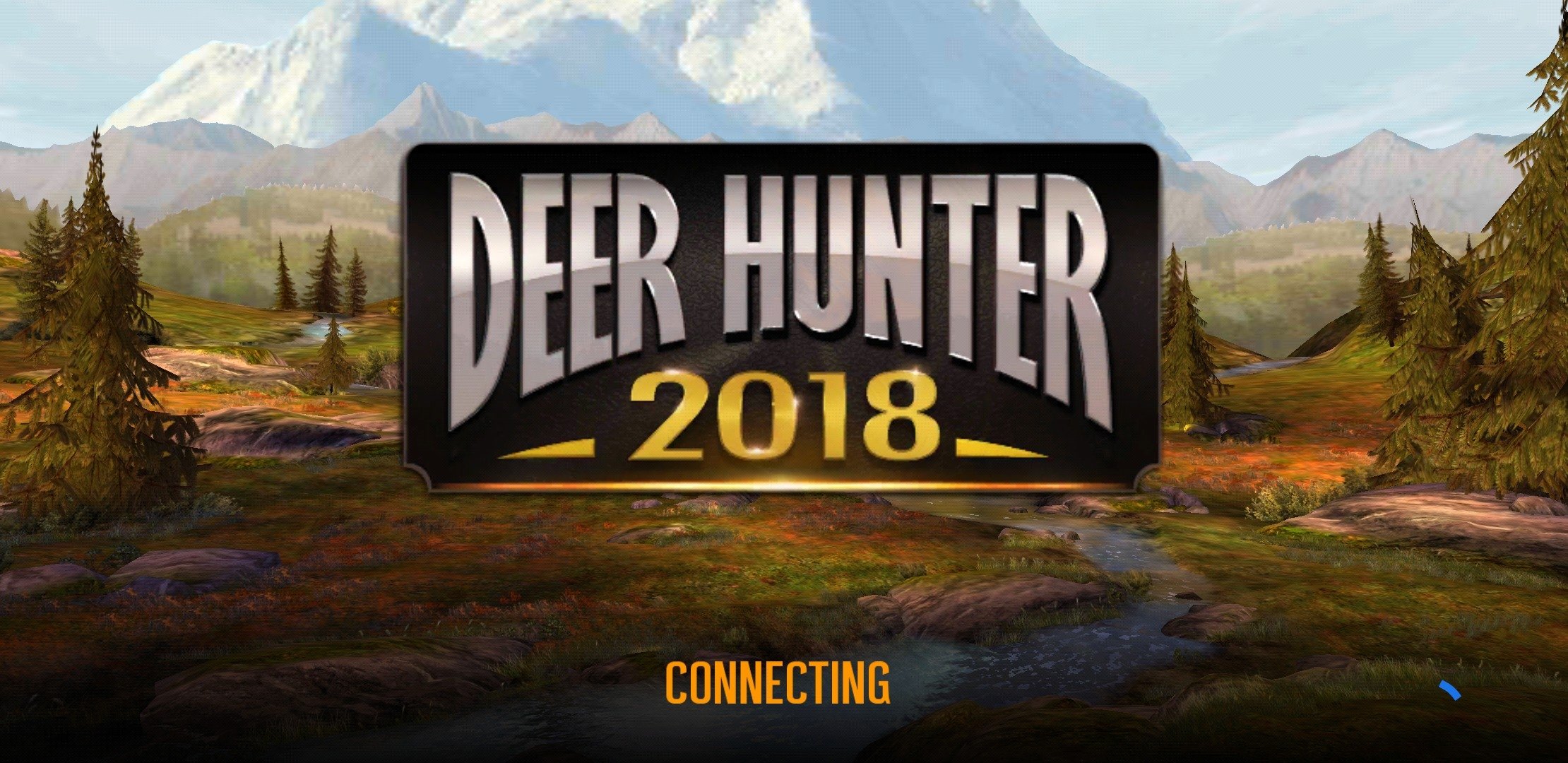
If you only have one stand, you have to limit the days you hunt, which is a bummer. The next day it is gusting from the northwest, followed by a steady wind from the southwest the day after that. One day, it may be blowing softly from the east. Weather conditions can change rapidly, especially in the fall as the weather is changing. One of the best ways to play the wind while hunting is to plan ahead. Here are some tips to hunt the wind this fall. That means you need to be further downwind from where you expect him to travel. But a mature buck is thinking the same thing, so he will cruise the downwind side of the bedding area to scent-check for receptive does.
Cant run deer huntr on windows 10 keygen#

Obviously, you don’t want the wind blowing your scent into the bedding area, or the does would blow right out the other side. Let’s say you’re hunting a doe bedding area one morning. Going one step further, you should be on the downwind side of downwind. You should always aim to be downwind of where you expect a mature buck (or any deer) to show up. What we’re talking about is using the wind direction to your advantage versus letting it blow your scent straight up the nostril of a wary whitetail. Basics of Hunting the Windīefore we jump into the basic steps involved in hunting the wind, let’s define what we mean a little. What gives? Here are some of the ground rules for hunting the wind intelligently this fall. Hunting the wind is probably one of the first hunting practices you learned. Shortly, the deer stomps its hooves and looks spooked, before it bounds off blowing its alarm call as it goes. You see a deer materialize downwind of your tree stand, and you mutter a low curse followed by a quick prayer.

All senses fire up and you’re immediately focused. You’re sitting in the tree stand, daydreaming about the giant whitetail that’s surely about to step out at any moment, when you hear a branch snap.

If you’ve hunted long enough, we’d bet our bottom dollar that this scenario has happened to you.


 0 kommentar(er)
0 kommentar(er)
